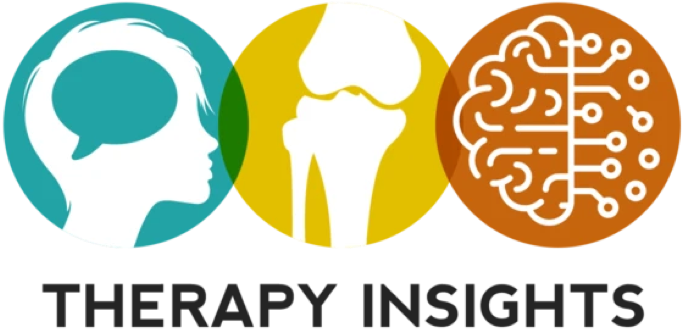Handout
Working Memory and Adaptive Strategies
Print Resource
— US Letter — 1 page
AdultOTSLPBrain InjuryDementia
Working memory is an essential part of everyday short term memory. Finding strategies for adapting to the loss of this executive function can mitigate declines associated with early stage dementia and improve independence with completion of everyday skills.
